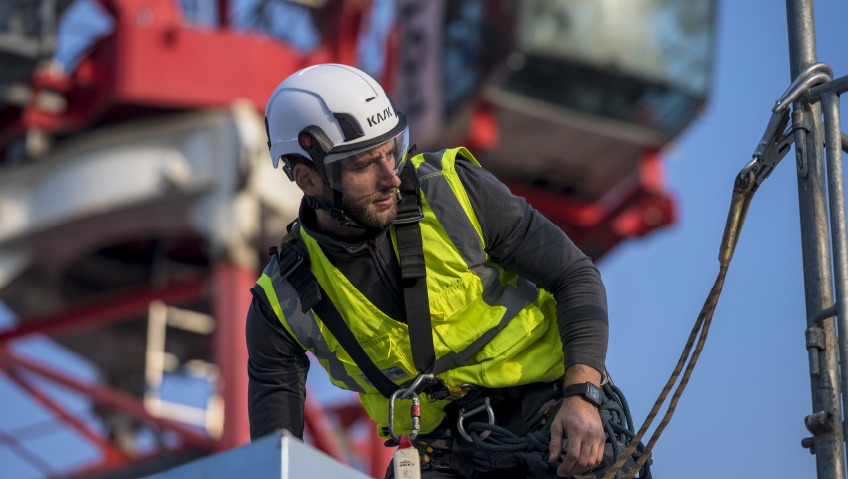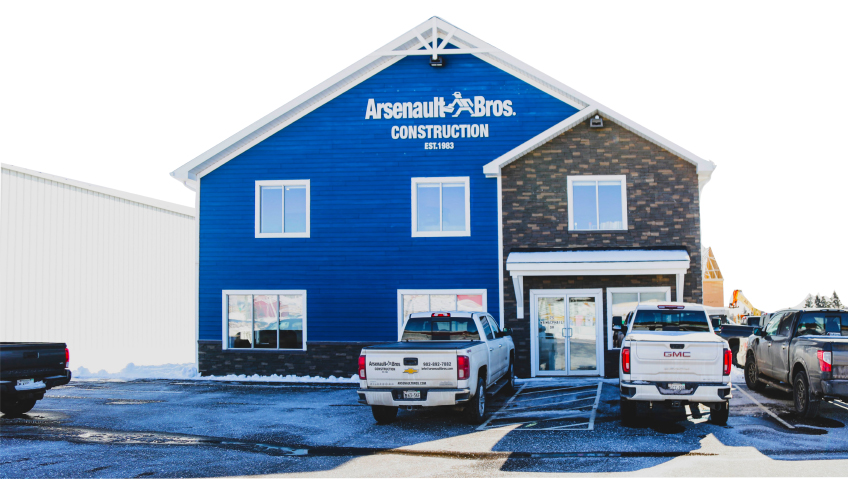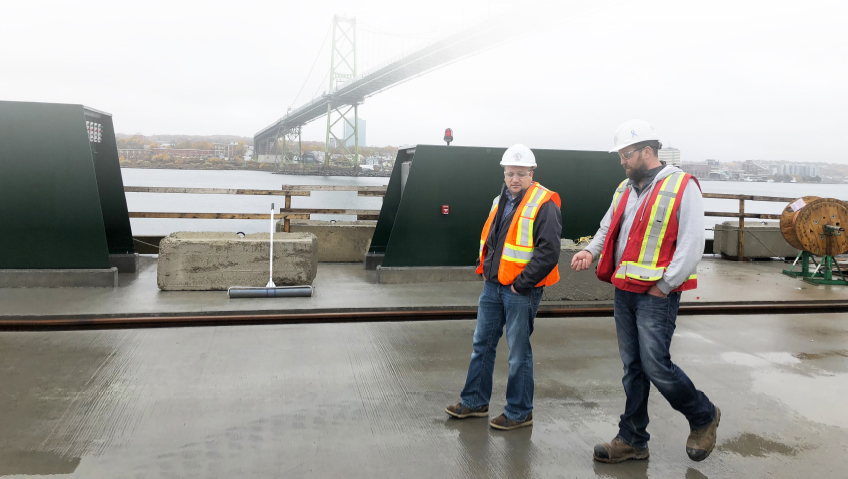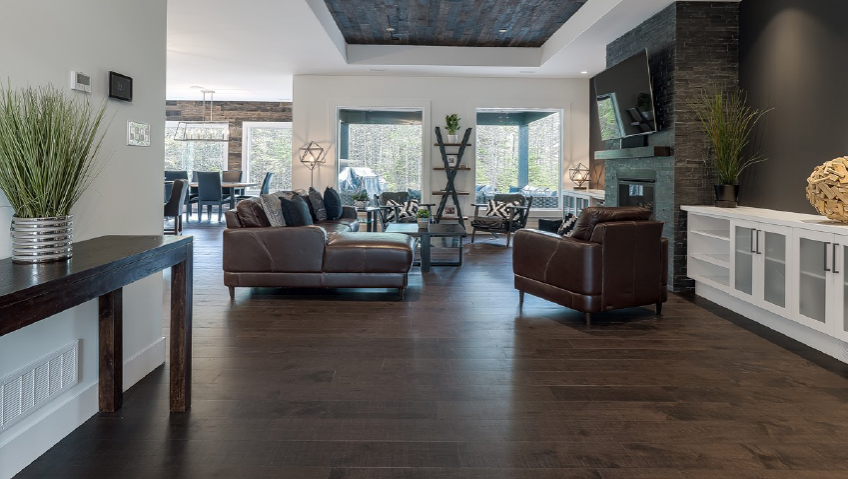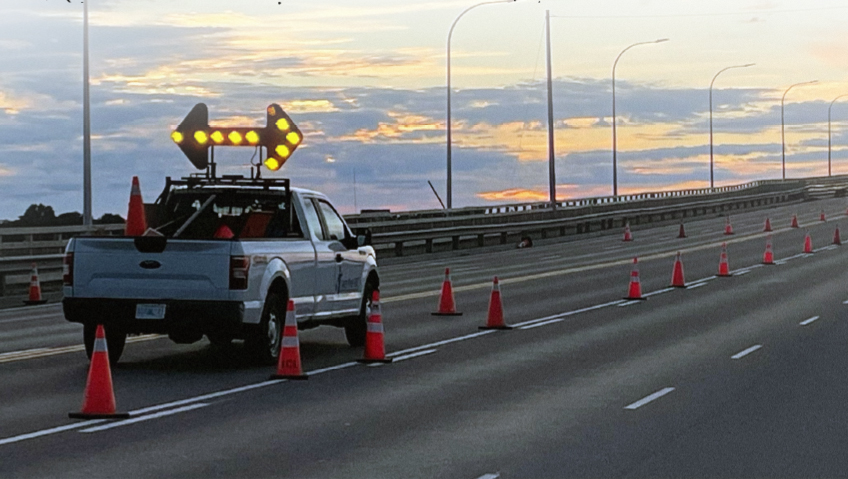In the head protection marketplace there are helmets, and then there are KASK helmets. This is particularly evident in the construction category, where the ubiquitous hard hat, developed more than 50 years ago, is still in use by many.
This was the environment Alex Dabelstein stepped into when he began selling safety helmets seven years ago for the Italian-based manufacturer KASK. “There were basic $15 construction hard hats or $130 safety helmets, and virtually nothing in-between in the North American market,” stated Dabelstein.
A lot has changed in head protection over the years and customers now have a broader variety of products at their disposal. New companies, who saw the gap in products, entered the category, some developing helmets for the first time. “While choice is good, there are many new entrants who do not have the breadth of knowledge that KASK has. They focus on the market opportunity, where we focus on getting workers home safely,” continued Dabelstein.
As Vice President of Sales for KASK Safety in America, Dabelstein knows firsthand the amount of research and development that goes into every KASK helmet. Becoming a leading provider of head protection didn’t come overnight for KASK. It was years of research, learning from other categories, investing in new materials, and continually refining products based on a passion for understanding the needs of the end user. “At KASK our sole focus is head and face protection. With three offices worldwide, we get entrenched in local markets, and this requires us to be experts in the relevant safety specifications, and also requires us to understand the demands of the wearers of our products,” commented Dabelstein.
Known worldwide for its unsurpassed quality, impeccable design, and commitment to innovations that benefit their users, the KASK brand has become synonymous with the finest head protection available. Founded 2004 in Italy, with a focus on performance helmets for cycling, KASK officially launched a Safety Division in 2009 – a natural evolution as that was the original background of its founder. A year later, to better address the need for better head protection in North America, the company created KASK America Inc. As of 2020, KASK sold over 1 million helmets, has over 20 patents for helmet innovations, and can be found on every continent in the world.
In the safety category, KASK helmets like the Zenith X and the Superplasma are used by workers in a variety of demanding work environments for daily head protection, and more importantly, to protect against slips, trips, and falls – a common cause of Traumatic Brain Injuries (TBIs) and the leading causes of death on American construction sites. Additionally, KASK designs helmets that recognize the diverse needs that construction workers face every day – for example, the differences between someone working in construction on the ground versus on a tall building where weather, wind shear, and even ‘helmet whistle’ are issues. “If you’re doing a concrete pour 20 floors in the air, how wind and weather interact with that helmet is a big deal,” remarked Dabelstein. “KASK is investing the time and resources to figure out how these pieces come together.”
Unlike other helmet manufacturers who produce limited types of helmets, KASK is active in both the sport and safety categories. The company’s sport division designs helmets for cycling, skiing, and equestrian athletes – such as the Protone, Khimera, and Dogma lines. KASK draws on research from all these product lines to bring innovation to the safety market. In cycling, summer races demand solutions for heat and sweat management. When racers go down, they are more likely to experience side impacts. Skiing is high-wind, and low temperatures. Skiers are more likely to be subjected to sustained impacts to the front of the head. Both cycling and snow sports are high-speed and high impact activities. Additionally, the intersection of aerodynamics and wind shear affect performance in significant ways.
Other lessons for KASK came from the equestrian line. The activity of riding a horse is highly dynamic by its very nature, thus it requires a sophisticated retention system that is still comfortable to wear. Additionally, equestrian athletes may fall from a much greater height. Once on the ground, riders may be subjected to the focused impact of a horse’s hoof. “Looking at different helmet categories and learning from them allows KASK to protect people across a number of performance environments. Whether you are winning medals inside a finished stadium, or hanging iron to build that stadium, you’ll find KASK. From ‘Medals to Metals,’” stated Dabelstein with a grin.
Sometimes these cross-category innovations have allowed KASK to launch updates of existing models. In early 2021, in the middle of the pandemic, KASK made the move to update the flagship Zenith helmet. Although the team received some pushback from customers, many of whom were ardent Zenith fans, they pushed through with the Zenith X. “Our customers told us ‘don’t fix what isn’t broken.’ But we simply couldn’t help ourselves. Over the years, we discovered some improvements that could make the Zenith exponentially better. Tradespeople build the world around us. We owed them the best helmet we could make,” said Dabelstein. At the time, the Zenith was the best helmet in the market, but that was not enough for KASK. The team wanted to make the best helmet possible.
For KASK America, under the leadership of CEO Fabio Cardarelli, even the smallest details matter, since they affect the performance of both the helmet and the user. Cardarelli stated, “KASK thrives in performance environments where details matter and seconds count. Enabling performance, especially in high-risk environments, requires special attention to the safety, comfort, and design details of our helmets.”
This is especially important in construction, where men and women wear safety helmets for hours at a time. Long days mean greater exposure to hazards, and a greater need for the product to be comfortable. KASK believes quality design delivers a product that users want to wear, while also reducing the total cost of ownership for companies. To drive value to customers, KASK has worked to make the helmets as modular as possible. An example of this is how the company has refined how accessories are attached so they can be easily replaced, realizing they will be subjected to sand, mud, aggregate, and other abuse.
“We owe it to our customers to create a modular design that allows for pieces like visor attachment points, headlamp clips, and inner paddings to be replaced easily,” said Dabelstein. “You can’t expect someone to throw away a helmet because they can no longer attach a visor or headlamp to it.”
The modular design strategy on the company’s helmets is also used for KASK’s accessories. Users can choose from numerous accessories from categories that include eye protection, face protection, hearing protection, and weather protection. Many of these can be purchased as kits or as individual pieces, further lowering the total cost of ownership while increasing worker performance.
“We continue to learn and adapt every day. We are always asking questions and seeking feedback. When you have a clear mission – in our case enabling performance while preventing traumatic brain injuries – magical things can happen,” explained Dabelstein.
The pandemic did not change KASK’s mission or strategy, but it did impact their Made in the USA project. In 2019, before the pandemic, KASK began working on adding a production facility in Chicago. “It was a very strategic decision. It is an ideal location from a geographic standpoint, but it also gives us access to a great deal of manufacturing talent – which is essential as we continue to grow our product offering throughout the region,” said Diego Zambon, General Manager of KASK. Plans to get the Chicago facility up and running by early 2020 were unfortunately delayed in the face of supply chain disruptions and logistical concerns.
This April, KASK announced that the Zenith X safety helmet is now proudly being made in the USA at its Chicago facility while the Superplasma will be a product of Italy, assembled in the United States. This is a key point of difference for KASK, which remains committed to transparency – the same cannot always be said for the competition, who say their helmets are ‘Made in the USA,’ but with global materials. “It was important to us that the Zenith X was actually Made in the USA,” explained Dabelstein.
Looking ahead, KASK committed to continue developing superior-quality head and face protection products to meet the highest of safety standards – and making more of them in Chicago. “Though new products and new competitors will come and go, KASK will be here, continuing our core message and trainings about slips, trips, and falls, which are the leading causes of death on American construction sites. Sadly, a lot of these still come from traumatic brain injuries,” concluded Dabelstein. With more than 25 new models launched in the last five years, and more on the way, KASK will continue to manufacture products that raise the bar for the industry.

